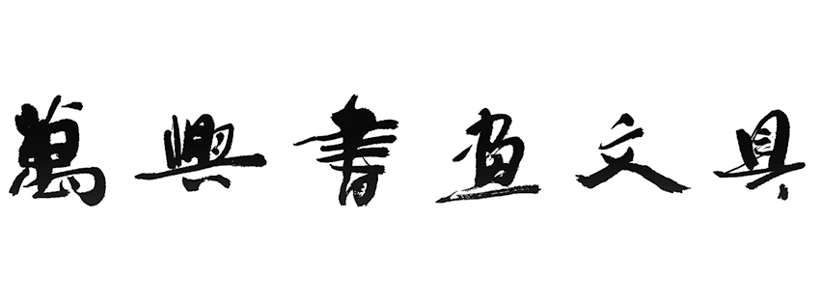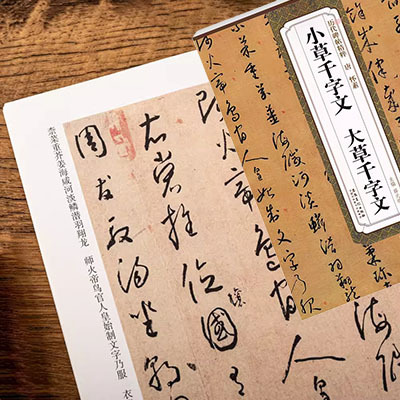[萬興書畫] 歷代碑帖精粹 —— 唐 懷素《自叙帖》《小草千字文 大草千字文》| [VH] "Calligraphy Classics — Huai Su’s Cursive Script Masterpieces"
- Regular price
- RM 16.00
- Sale price
- RM 16.00
- Regular price
-
RM 16.00
Share
懷素(737-799年),俗姓錢,字藏真,永州零陵(今湖南零陵)人。唐代書法家,以“狂草”名世,史稱“草聖”。自幼出家為僧,經禪之暇,愛好書法,與張旭齊名,合稱“顛張狂素”,形成唐代書法雙峰並峙的局面,也是中國草書史上兩座高峰。懷素草書,筆法瘦勁,飛動自然,如驟雨旋風,隨手萬變。書法率意顛逸,千變萬化,法度具備。北京大學教授、引碑入草開創者的李志敏評價:“懷素的草書奔逸中有清秀之神,狂放中有淳穆之氣”。
規格:16開
尺寸:21cm X 29.5cm
頁碼:每本頁數不同大約47-54頁
出版社:安徽美術出版社
Huai Su (737–799), birth surname Qian, courtesy name Cangzhen, was from Lingling, Yongzhou (present-day Lingling, Hunan). A renowned Tang dynasty calligrapher, he was famed for his "wild cursive" (kuangcao) script and is honored in history as the “Sage of Cursive Script” (Caosheng). He became a monk at a young age and practiced calligraphy in his spare time from meditation. Alongside Zhang Xu, he formed one of the two towering figures of Tang dynasty cursive calligraphy, known collectively as “Mad Zhang and Wild Huai.” Together, they represent two great peaks in the history of Chinese cursive script.
Huai Su’s cursive style is marked by slender, vigorous strokes, naturally flowing with dynamic flair—like sudden rain or a whirling wind—infinitely varied yet always under control. His calligraphy is spontaneous and unrestrained, yet deeply grounded in structure and form. Li Zhimin, a Peking University professor and pioneer of the “stele-into-cursive” movement, praised him, saying:
“In Huai Su’s cursive script, there is a spirit of elegance within its wildness, and a sense of sincerity and calm within its abandon.”
Book Details:
Format: 16mo (roughly A5 size)
Dimensions: 21 cm × 29.5 cm
Pages: Each volume varies, approximately 47–54 pages
Publisher: Anhui Fine Arts Publishing House




